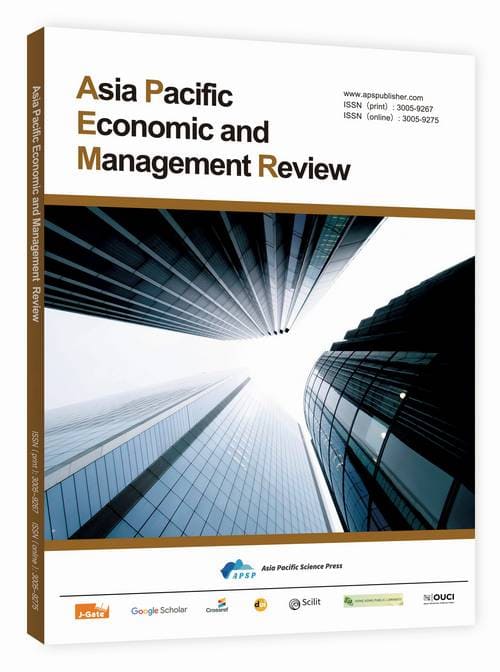Tibetan Women's Identification with the Sense of Community for the Chinese Nation: A Case Study of Wind
DOI:
https://doi.org/10.62177/apemr.v2i5.588Keywords:
The Sense of Community for the Chinese Nation, Ethnic Identity, Tibetan Women, Alai, Wind, Samdan and GelakAbstract
This article investigates Tibetan women's identification with the consciousness of the Chinese national community through the characterization of Samdan and Gelak in Alai's novel Wind. Samdan, marginalized by bodily stigmatization and social exclusion, reconstructs her subjectivity and achieves emotional integration into the community through maternal experience and the revaluation of life. Gelak positioned between traditional ethics and modern lifestyles, embodies an active form of identification with the national community through her resilience and sense of responsibility. Their lived experiences reveal the complex intersections of gender, ethnicity, and social structures, while also illustrating how minority women contribute to strengthening national belonging through everyday practices. By analyzing these female figures, this study deepens the understanding of minority women's experiences and offers literary insights into the cultivation of a shared the sense of community for the Chinese nation.
Downloads
References
Alai. (2001). The Bastard Child Gelak. In Alai wenji: Zhong duanpian xiaoshuo juan [Collected works of Alai: Volume of novellas and short stories]. Renmin Wenxue Chubanshe.
Anderson, B. (1991). Imagined communities: Reflections on the origin and spread of nationalism (Rev. ed.). Verso.
Berger, P. L., & Luckmann, T. (1966). The social construction of reality: A treatise in the sociology of knowledge. Anchor Books.
Cao, D. (1998). Understanding Alai. Journal of Southwest Minzu University (Philosophy and Social Sciences Edition), (6), 59–62.
Foucault, M. (1977). Discipline and punish: The birth of the prison (A. Sheridan, Trans.). Pantheon Books.
Gele, L. (2002). On the origin and formation of Tibetan culture and its relations with surrounding ethnic groups. Zhongshan University Press.
Hall, S. (1996). Questions of cultural identity. SAGE Publications.
Honneth, A. (1995). The struggle for recognition: The moral grammar of social conflicts. Polity Press.
Ma, R. (2018). Minzu yu shehui fazhan [Ethnicity and social development]. Social Sciences Academic Press.
Said, E. W. (1978). Orientalism. Pantheon Books.
Shih, S. (2013). Xizang wenming dongxiang fazhanshi [History of the eastward development of Tibetan civilization]. Sichuan People’s Publishing House.
Wang, R. (2022). Ethnic representation and cross-cultural imagination in Alai’s literary works. Journal of Hainan University (Humanities and Social Sciences Edition), 40(1), 134–143.
Wu, D. (2006). Ethnicity, power, and survival: A polysemous reading of Alai’s Dust Settles. Journal of South-Central University for Nationalities (Humanities and Social Sciences Edition), 26(5), 155–159.
Zeng, L. (2019). On national identity and significance in Alai’s novels. Guizhou Social Sciences, (8), 17–22.
Zhou, X. (2018). Cultural rooting and dispersed narrative: On Alai’s novels. Journal of Southwest Minzu University (Humanities and Social Sciences Edition), 39(12), 176–183.
Downloads
How to Cite
Issue
Section
License
Copyright (c) 2025 Xiaoyu Chen, Chuan Shi

This work is licensed under a Creative Commons Attribution-NonCommercial 4.0 International License.
DATE
Accepted: 2025-09-09
Published: 2025-09-19
















